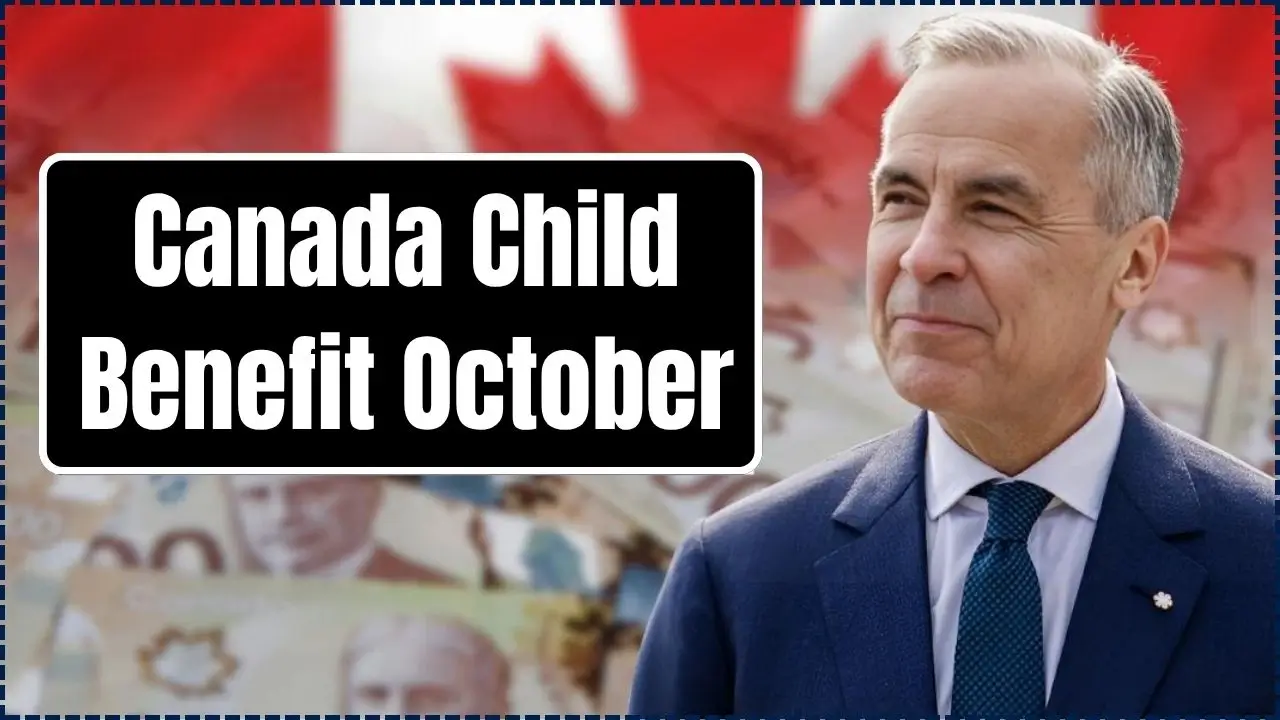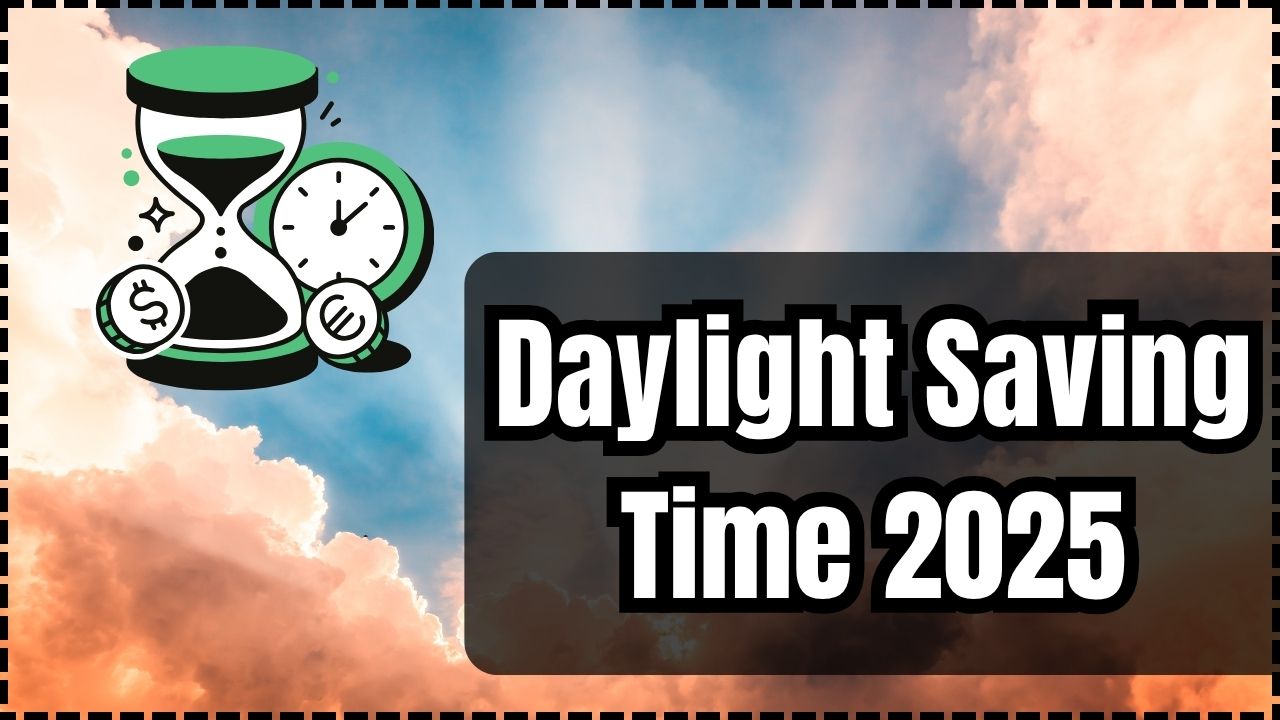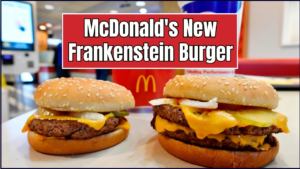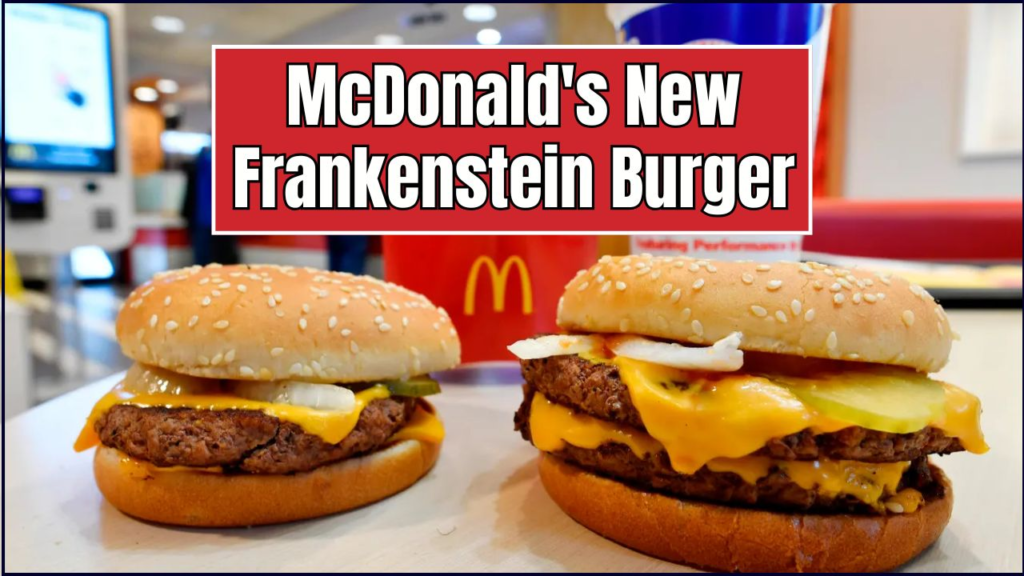
McDonald’s has launched its “Frankenstein Burger” campaign in Italy, transforming its mobile app into a playful “Burger Lab” that allows customers to design Halloween-themed burger combinations. The initiative, unveiled this month, reflects the fast-food giant’s expanding strategy to merge digital interactivity with physical dining experiences.
Table of Contents
New Frankenstein Burger
| Key Fact | Detail |
|---|---|
| Campaign name | Frankenstein Burger |
| Launch market | Italy |
| Burger combinations | 50+ possible pairings |
| Launch period | October 2025 (Halloween season) |
| Campaign goals | Increase app engagement and seasonal sales |
Halloween Meets Fast Food Innovation
The Frankenstein Burger campaign allows customers to fuse two menu items to create their own personalized burger, complete with a horror-inspired design and name. Using the McDonald’s Italy mobile app, users can build their creations in a virtual “lab” environment with visual effects like sparks, bubbling test tubes, and retro lab equipment.
The concept taps into Halloween culture, encouraging customers to participate actively rather than simply purchasing a limited-edition product.
“This is about turning consumers into co-creators,” said Matteo Rinaldi, Creative Director at Leo Burnett Italy. “McDonald’s wanted a campaign that merges the fun of Halloween with an interactive experience that lives both in the digital space and in restaurants.”
How the Frankenstein Burger Lab Works
- Access the app: Customers open the McDonald’s Italy app during the Halloween campaign period.
- Enter the lab: The interface transforms into a stylized Frankenstein laboratory with animated graphics.
- Mix and match: Users select two existing menu items — for example, a Big Mac and a McChicken — to combine into a new creation.
- Customize: The app shows a stitched, lightning-enhanced burger image and allows the user to name it.
- Order and share: Customers can order the ingredients in-store, assemble their burger, and share their creation on social media.
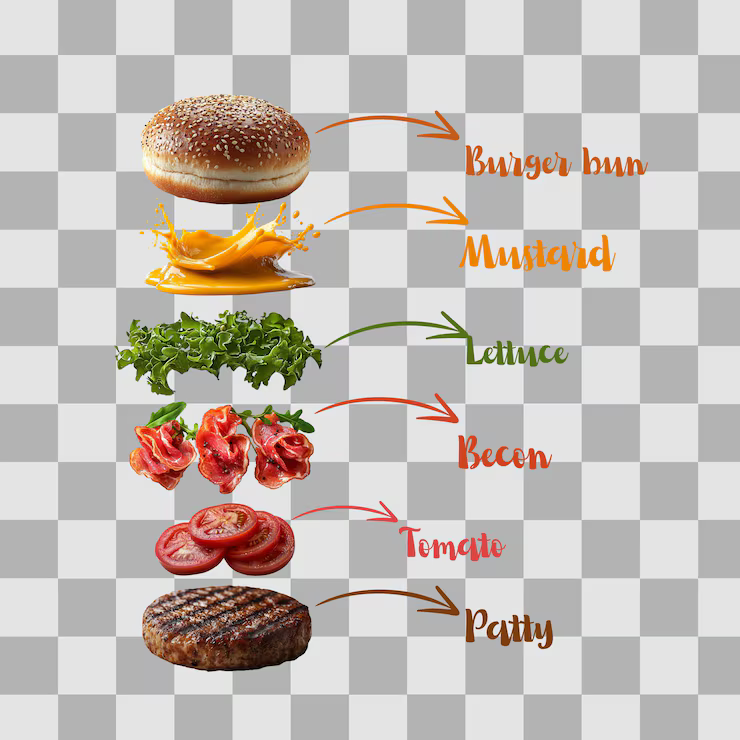
Digital Play to Drive Real-World Sales
McDonald’s Italy says the campaign’s primary objective is to increase mobile app engagement during the Halloween period — a strategy increasingly common in the quick-service restaurant (QSR) industry.
“Seasonal activations give us an opportunity to make the McDonald’s experience playful,” said Laura De Angelis, Head of Marketing at McDonald’s Italy. “By using the app as a creative tool, we’re inviting customers to interact with the brand on their terms.”
The company is not introducing entirely new menu items. Instead, it’s leveraging existing ingredients and giving them a new context. This allows McDonald’s to minimize operational costs while still offering customers something fresh and personalized.
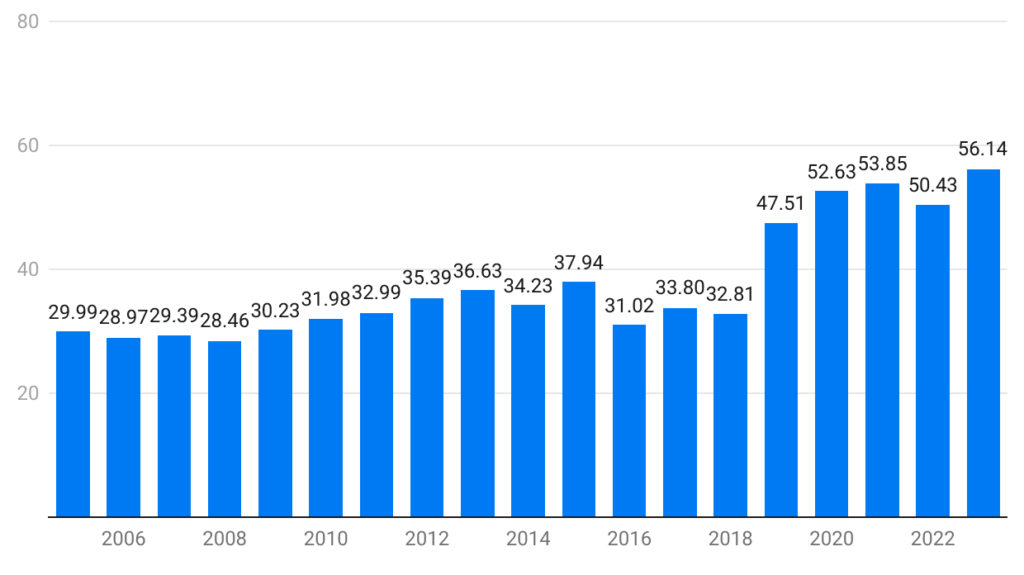
Why Halloween Matters for McDonald’s
Halloween has become one of the most lucrative seasonal events for food and beverage brands globally. In 2024, U.S. consumers spent an estimated $12.2 billion on Halloween-related goods, according to the National Retail Federation. Seasonal campaigns tend to generate higher per-visit spending and greater customer traffic.
Europe has followed similar trends in recent years, with Halloween becoming a popular occasion for themed promotions. McDonald’s Italy has leaned into this cultural shift with targeted campaigns such as “McGhost” in 2022 and “Haunted Fries” in 2023, both of which increased traffic and social media engagement.
“Halloween is a perfect opportunity for brands to experiment,” said Dr. Alessandra Romano, marketing strategist at the University of Bologna. “It’s playful, visually distinctive, and increasingly global.”
A Trend of Gamification in Fast Food
McDonald’s is not alone in this approach. In recent years, gamification — the use of game-like elements to enhance customer engagement — has become a central tool for fast-food marketing.
Burger King has experimented with augmented reality treasure hunts, Taco Bell has used limited-time gamified menu launches, and Starbucks has expanded its rewards program with challenges and badges. McDonald’s itself has previously run “Menu Hack” campaigns in the United States, allowing customers to build unique combinations.
“Gamification makes people feel more involved in the product,” said Dr. Naomi Greene, consumer behavior expert at the London School of Economics. “When people build something themselves, they are more likely to share it, remember it, and come back.”
The Technology Behind the Burger Lab
The Frankenstein Burger Lab is powered through McDonald’s Italy’s existing mobile infrastructure, with added interactive UI layers and animation. According to Leo Burnett Italy, the experience was designed to minimize load time, ensuring customers can participate without long delays.
The interface features:
- Dynamic visual rendering of burger combinations.
- Animated effects synchronized with user actions.
- In-app social sharing with built-in hashtags.
- QR codes linking in-store packaging to the digital experience.
McDonald’s Italy reports that the Frankenstein Lab can handle thousands of simultaneous users, thanks to cloud-based optimization. This is significant in a market where more than 75% of McDonald’s orders are already placed through digital channels or self-order kiosks.
Economic Stakes: Seasonal Campaigns as Growth Drivers
For McDonald’s, digital campaigns like Frankenstein Burger are part of a larger strategy to boost customer lifetime value and drive app loyalty. According to the company’s latest earnings call, digital sales accounted for 40% of total systemwide sales globally in the second quarter of 2025.
Seasonal campaigns:
- Increase app downloads and active users.
- Encourage repeat visits through time-limited experiences.
- Lower operational costs compared to launching entirely new products.
- Enable data collection on customer behavior and preferences.
“The real value here isn’t just in selling more burgers,” said Jean-Paul Moreau, Senior Analyst at QSR Insights. “It’s in bringing people into the app ecosystem, where McDonald’s can build long-term relationships.”
Cultural Resonance and Social Media Buzz
A key part of the Frankenstein Burger campaign is social sharing. After naming their burger creation, users can post their designs directly to Instagram, TikTok, or X (formerly Twitter). McDonald’s has also partnered with Italian influencers to encourage viral participation.
Within days of launch, hashtags like #FrankensteinBurger and #McLab trended on Italian social media platforms. The company reported over 500,000 burger creations in the first week, according to internal figures shared with the press.
“It’s designed to be viral,” said Marta Bianchi, a Milan-based social media strategist. “People love naming their creations. It’s like giving your food a personality — and that plays well online.”
Comparison With Past McDonald’s Campaigns
McDonald’s has experimented with limited-time or co-creation campaigns in other markets:
- Menu Hacks (U.S., 2022): Encouraged customers to combine menu items such as McChicken and McDouble.
- McSpooky Meal (U.K., 2023): A Halloween combo featuring themed packaging.
- McDelivery Day (Global, 2024): Gamified loyalty rewards for app users.
However, Frankenstein Burger marks one of the most visually immersive campaigns to date, integrating themed animations, sound effects, and real-time naming.
Expert Perspectives on Market Impact
Marketing and consumer behavior experts say the campaign reflects a growing emphasis on hybrid experiences that blend digital interactivity with tangible products.
“This is a smart use of seasonal marketing,” said Dr. Greene. “It’s not about adding complexity to the menu. It’s about reframing existing products through storytelling and engagement.”
Some analysts, however, caution against overreliance on short-term campaigns.
“Seasonal spikes are great, but they must be followed with sustained engagement,” said Moreau. “The key challenge will be converting this momentum into long-term loyalty.”
Looking Ahead: Potential U.S. and Global Rollout
McDonald’s has not officially confirmed plans to launch the Frankenstein Burger campaign outside Italy. However, company insiders told local media that the campaign could expand to other European markets and North America if performance metrics are met.
Industry analysts note that the United States has an especially strong Halloween culture, making it a natural next step. McDonald’s U.S. has a history of seasonal tie-ins, including the McBoo Halloween Pails, first introduced in 1986 and re-released in 2024 to high demand.
“The U.S. is fertile ground for this kind of interactive campaign,” said Moreau. “If Frankenstein Burger arrives stateside, it could be paired with exclusive loyalty perks or augmented reality features.”
Challenges and Limitations
While Frankenstein Burger has been well received in Italy, several potential challenges remain:
- Operational complexity: Increased in-store assembly might slow down peak-hour service.
- Price variability: Depending on chosen items, the total cost may exceed a standard burger meal.
- Short campaign window: The Halloween period is brief, requiring rapid execution.
- Unequal access: The experience is currently limited to app users, excluding walk-in customers without smartphones.
“These are manageable issues,” said Rinaldi of Leo Burnett Italy. “But they show why pilot testing in one market is a smart approach.”
Industry Outlook: The Future of Seasonal QSR Campaigns
The QSR sector is increasingly moving toward personalization, loyalty, and gamified digital experiences. As app usage grows, companies are focusing less on limited-edition menu items and more on digital storytelling that can scale across regions without large supply chain changes.
Frankenstein Burger is a case study in this model: low operational risk, high digital engagement potential, and cultural resonance through a globally recognized event.


